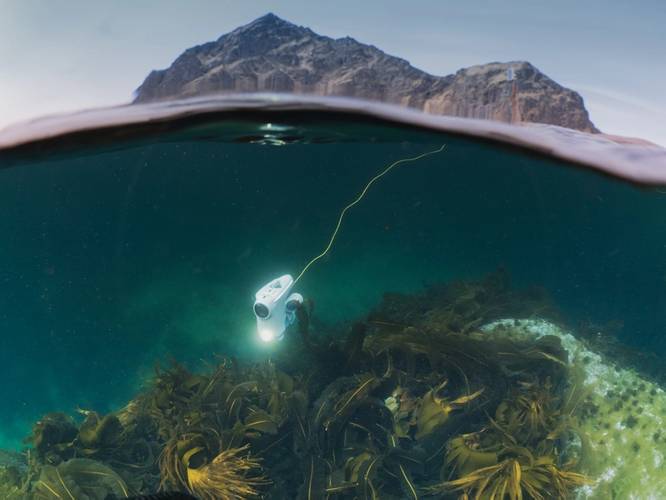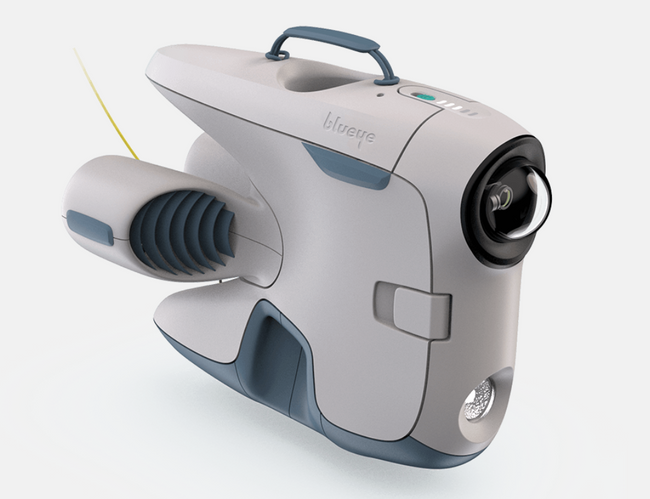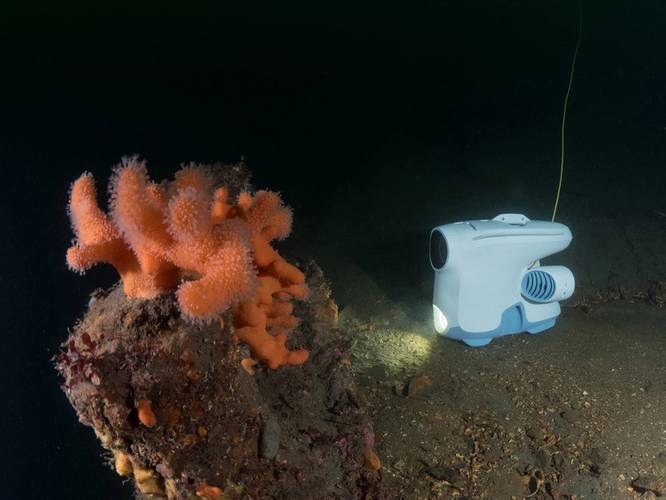A new low-cost marine drone seeks to change the way underwater hull inspections are performed, allowing ship owners, vessel crew and shipyards to examine hulls below the surface in a safer and more cost efficient manner.
The Blueye Pioneer underwater drone has been developed by Trondheim-based technology firm
Blueye Robotics, a company which has sprung out from the Norwegian University of Science and Technology’s Centre for Autonomous Marine Operations and Systems (NTNU AMOS).
The Blueye Pioneer, which essentially provides “eyes under the water” for ad-hoc and periodic inspections of vessel hulls, has developed its drone with attention to low cost, portability and ease of use.
Blueye Robotics CEO, Erik Dyrkoren, explained, “We are providing vessels crews with an industrial drone that can be operated by anyone capable of using a smartphone or a tablet PC.”
The inspecting drone transmits video via a thin umbilical cable to the surface and thereafter wirelessly to the user onboard or onshore. It can be used, for example, to check the vessel´s structural integrity, inlets and discharge valves, rudder, propeller, coating levels and possible corrosion, or even check for explosives and smuggling of contraband.
Blueye Pioneer’s thrusters allow it to operate in heavy currents and dive to 150 meters water depth, and the compact (45 cm x 25 cm x 35 cm) drone weighs in at less than 15 pounds.
Each Blueye Pioneer is priced around $4-5,000 apiece. “This will allow for several drones onboard to make inspections even quicker, which in turn means higher operational reliability and uptime for the vessel,” Dyrkoren said.
“By providing vessel owners and their crew with easy and cost-efficient access to what is below the waterline, we also give them the opportunity to address potential hull issues before they become a problem. Combined with lower than usual capex, we believe this drone can make hull inspections more frequent and less problematic,” Dyrkoren added.


















 December 2025
December 2025



